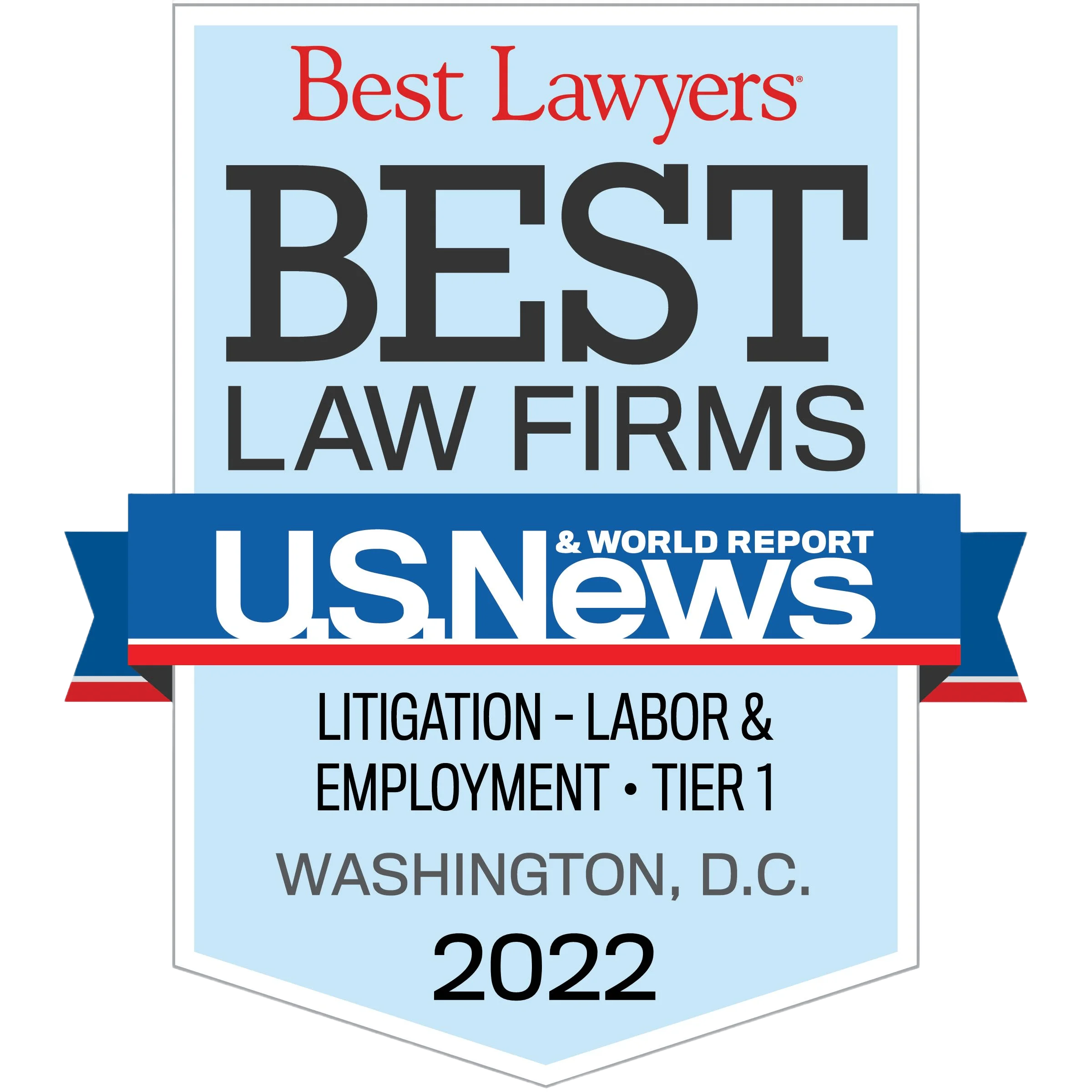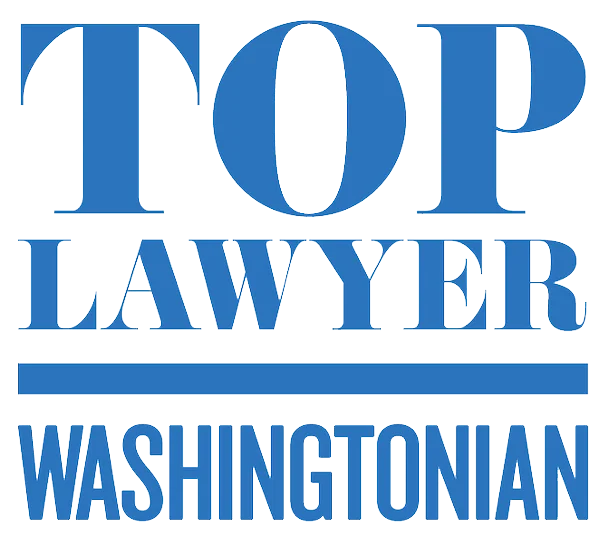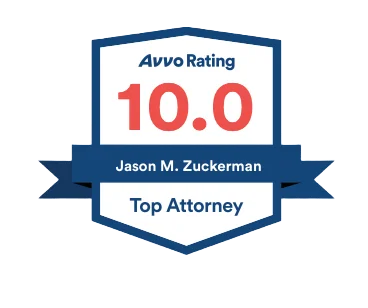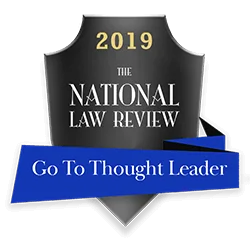Methods of proving that an employer’s reason for taking an adverse employment action is false include:
- A significant contradiction between yearly performance evaluations, and the proffered non-discriminatory reasons. Perfetti v. First Nat. Bank of Chicago, 950 F.2d 449, 456 (7th Cir.1991), cert. denied, 505 U.S. 1205, 112 S.Ct. 2995, 120 L.Ed.2d 871 (1992) (“If at the time of the adverse employment decision the decisionmaker gave one reason, but at the time of the trial gave a different reason which was unsupported by the documentary evidence the jury could reasonably conclude that the new reason was a pretextual after-the-fact justification.”
- An absence of contemporaneous evidence of the alleged basis for the adverse action. For example, the Seventh Circuit noted in Emmel v. Coca-Cola Bottling Co. of Chicago, 95 F.3d 627, 634-35 (7th Cir. 1996): “The jury apparently concluded from the total absence earlier of the justification Coca-Cola would later offer at trial that the justification had been concocted in preparation for trial to fit the available facts. In other words that it was pretextual.”
- Inconsistent or changing explanations for the adverse action. For example, in Jolly v. Northern Telecom Inc., 766 F. Supp. 480, 493-94 (E.D.Va. 1991) , the court held: “Although the defendant then offered a multiplicity of reasons to justify its action, the plaintiff had little trouble proving that none of these explanations was worthy of any credence. To be sure, Jolly did not have too onerous a task, as the defendant’s various personnel told so many stories, so totally inconsistent with each other, that they had lost all credibility by the conclusion of the proceedings. Put simply, NTI took more positions than a gymnast on a trampoline.” Additional case authorities about shifting explanations include:
- E.E.O.C. v. Sears Roebuck and Co., 243 F.3d 846, 852-53 (4th Cir. 2001)(“A factfinder could infer from the late appearance of Sears’s current justification that it is a post-hoc rationale, not a legitimate explanation of Sears’s decision not to hire” plaintiff.)
- Domiguez-Cruz v. Suttle Caribe, Inc., 202 F.3d 424, 432 (1st Cir. 2000) (A company may have several legitimate reasons to dismiss an employee. But when a company, at different times, gives different and arguably inconsistent explanations, a jury may infer that the articulated reasons are pretextual.”)
- Thurman v. Yellow Freight Sys., Inc., 90 F.3d 1160, 1167 (6th Cir. 1996) (“An employer’s changing rationale for making an adverse employment decision can be evidence of pretext.”)
- Perfetti v. First Nat. Bank of Chicago, 950 F.2d 449, 456 (7th Cir. 1991), cert. denied, 505 U.S. 1205 (1992) (“If at the time of the adverse employment decision the decision-maker gave one reason, but at the time of the trial gave a different reason which was unsupported by the documentary evidence the jury could reasonably conclude that the new reason was a pretextual after-the-fact justification.”)
- The falsity of the explanation can give rise to an inference that the employer is dissembling to cover up an ulterior purpose. Reeves v. Sanderson Plumbing Products, Inc., 530 U.S. 133, 147 (2000); see St. Mary’s Honor Ctr. v. Hicks, 509 U.S. 502,511 (1993) (“The factfinder’s disbelief of the reasons put forward by the defendant (particularly if disbelief is accompanied by a suspicion of mendacity) may … suffice to show intentional discrimination.”); Stratton v. Dep’t for the Aging for New York, 132 F.3d 869, 880-81 (2d Cir. 1997) (holding that evidence of an employer’s false explanation for employment action supported the jury’s finding of unlawful pretext). In the criminal context, courts frequently refer to false exculpatory statements as evidence of consciousness of guilt. See, e.g., United States v. Reyes, 302 F.3d 48, 56 (2d Cir.2002) (“[I]t is reasonable to infer guilty knowledge from [the defendant’s] false exculpatory statement.”). These inferences are “consistent with the general principle of evidence law that the factfinder is entitled to consider a party’s dishonesty about a material fact as affirmative evidence of guilt.” Reeves, 530 U.S. at 147 (internal quotation marks omitted).
For a detailed survey of methods to prove pretext, see John Beasley’s paper Proof of Pretext.
If you have suffered discrimination or retaliation, call us at (202) 262-8959 or write us by clicking here.
Click here to see our videos answering frequently asked questions about discrimination and retaliation.
whistleblower_lawyers_012017_infographic








